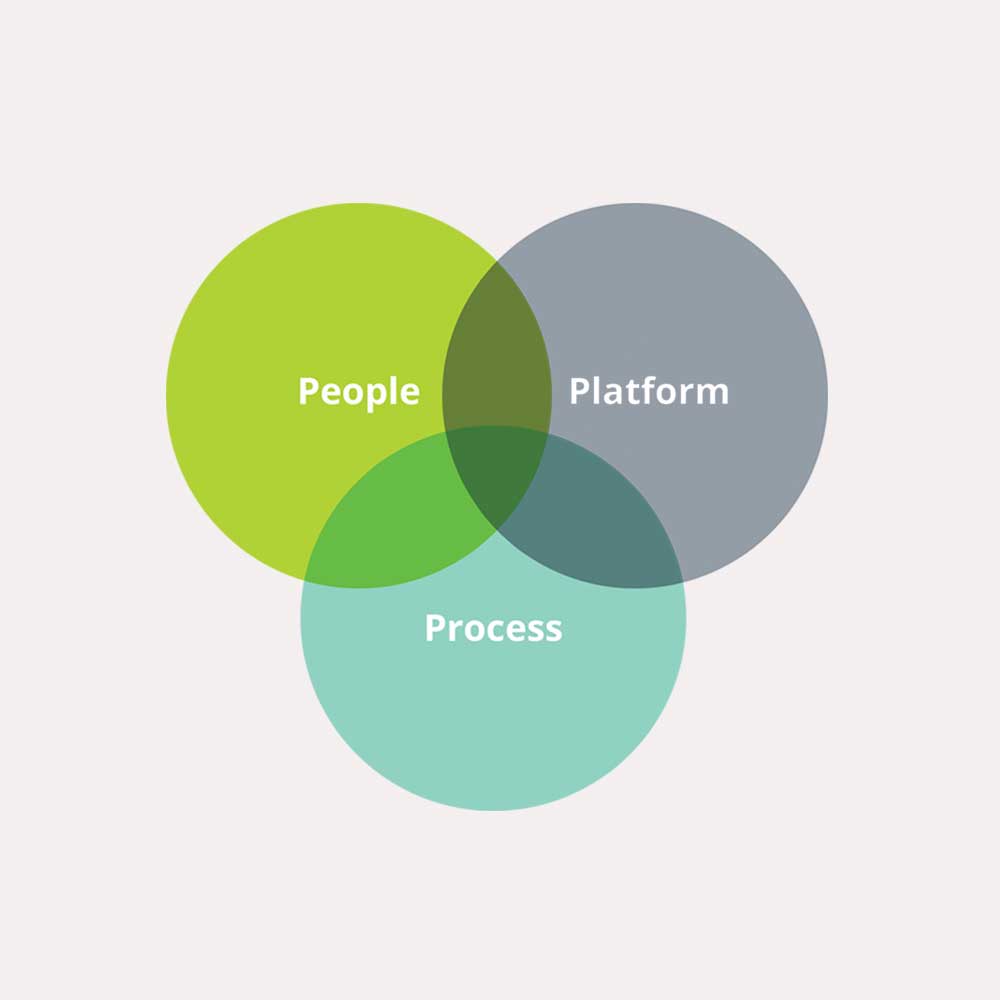Companies are set to spend over $8.1 billion on digital asset management by the year 2024* – growing rapidly from $2.1b in 2017. There are over 105 DAM software vendors recognized by industry listings. It’s a martech niche that is heavily contested and heavily populated. So how did a tiny start-up from Australia land some of the world’s biggest brands?
Founders Boulter and Lamble had never heard of digital asset management when they founded Collaboro. They were TV Commercial producers, working on the production side (Boulter) and the advertising agency side (Lamble). Advertising is remarkably cut off from technology, innovation and efficiency, even if they would have you believe different.
Around 2014, they both started receiving phone calls – as did most other producers – from brands asking for the vast pool of content which they had produced in months or years prior. It existed, somewhere on a hard drive, which lived somewhere in a box full of hard drives, that in turn lived somewhere at an ad agency. Probably. Turns out the brands now wanted control of their content. They had all manner of needs for video and image content. Marketing and advertising had changed overnight. Content was king. Always on, multi-channel, ideally video. Unfortunately, the massive amounts of content that Boulter and Lamble had always created within the old-school, single use advertising construct was near on impossible to resurface. This would take a painstaking amount of time and effort to find – and of course, this was charged back to the client at an extreme cost.
So they realized the importance of digital asset management quickly, but that’s not enough to create a top tier product that’s sold to the likes of McDonald’s, Qantas or Hungry Jacks.
Summing up what they did in a sentence, undeniable value to a customer is when the leap is made from important product to important action. But there were challenges:
- Who’s going to drive adoption within the organization? Does there really need to be someone?
Anyone in digital adoption will tell you, getting an entire cohort on board to a new system or process is a nightmare. At the end of a project when the marketers, producers, editors, writers are packing up, and busting out the door to a pub lunch to celebrate – who takes care of the hard drives full of assets?
Far too often this was the very last job that absolutely no one cared about until it became important a year later when that phone rang. So was born the concierge service. A weekly reminder to agencies and companies alike, and a scheduled concierge to come to your production studio, agency or office to collect and ingest the assets for you.
Collaboro realized there was no need to nominate an adoption driver within the company, there was a huge opportunity to step in and solve, rather than relying on the client to become a digital librarian. At the press of a button the collection, ingest, and updating of metadata was solved and executed.
2. Knowing your customers’ material is not the same as understanding their material.
The goal was always simple(ish). Actually deliver the DAM premise of easy search, using terms an entire business would understand. Make the user experience flawless and intuitive. To do this required a true understanding of each client’s use cases, their daily language and their existing work processes.
Long before Collaboro became what it was today, they identified that there was no one size fits all. There were days spent in new client’s offices creating the metadata schema, the tags, the search capabilities, naming conventions, and learning the way the user searched for content. The desire was to their search work for the client, not for the client to search the way they wanted.
Fast forward to now: Collaboro uses high tech AI in combination with humans adding specific metadata to every single asset. This is so the folder structure is essentially, obsolete. The goal of truly intuitive search never changed yet understanding the client with the combination of AI made it revolutionary.
- Keep up with the times.
Customers are dynamic and three-dimensional. Products, naming conventions, entire teams are all subject to change. The knowledge loss at
Although searching for ‘fries’ worked back in 2015, there’s now shaker fries and gravy loaded fries. Having a state-of-the-art platform that can update and evolve in line with your customers has ensured the longevity of each partnership with businesses.
Collaboro had an incredible platform and purpose – however, the true power and traction came from customer centricity – understanding that the customer needed services and capabilities, not just technology, to solve their digital asset management. This strategy was named by the business, the people process and platform difference.
https://www.marketsandmarkets.com/PressReleases/digital-asset-management.asp
https://chiefmartec.com/2016/03/marketing-technology-landscape-supergraphic-2016/



